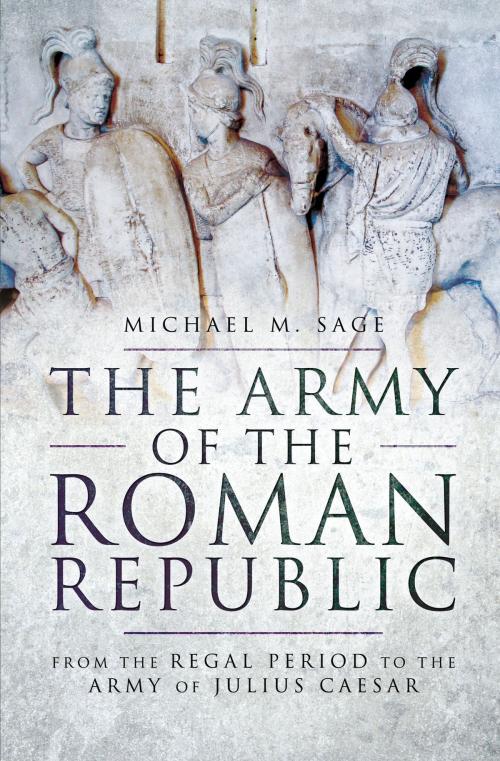The Army of the Roman Republic
From the Regal Period to the Army of Julius Caesar
Nonfiction, History, Military, Other, Ancient History| Author: | Michael Sage | ISBN: | 9781473880955 |
| Publisher: | Pen and Sword | Publication: | March 30, 2016 |
| Imprint: | Pen and Sword Military | Language: | English |
| Author: | Michael Sage |
| ISBN: | 9781473880955 |
| Publisher: | Pen and Sword |
| Publication: | March 30, 2016 |
| Imprint: | Pen and Sword Military |
| Language: | English |
From the moment its last king was expelled (traditionally in 753) the Roman republic had to fight for its very survival. Centuries of almost continuous warfare saw Romes armies evolve in response to a wide variety of threats which were met with mixed fortunes though always with ultimate success. As defence of the homeland turned to territorial expansion, Roman forces also had to adapt to sustained campaigns in varied terrain and climates, not to mention the changes in the Roman republic itself.
Michael Sage traces the development of the republics army from its foundation (having first set the context of their regal antecedents), down to the time of its most famous leader, Julius Caesar. The transition from clan-based forces, through the Servian levy and the development of the manipular and cohortal legion is examined along with the associated weapons, tactics and operational capabilities. We see how the legions shaped up against the challenges of successive enemies from the Celts and Samnites, the Carthaginians and the hitherto-dominant Hellenistic armies based on the Macedonian-style pike phalanx.
From the moment its last king was expelled (traditionally in 753) the Roman republic had to fight for its very survival. Centuries of almost continuous warfare saw Romes armies evolve in response to a wide variety of threats which were met with mixed fortunes though always with ultimate success. As defence of the homeland turned to territorial expansion, Roman forces also had to adapt to sustained campaigns in varied terrain and climates, not to mention the changes in the Roman republic itself.
Michael Sage traces the development of the republics army from its foundation (having first set the context of their regal antecedents), down to the time of its most famous leader, Julius Caesar. The transition from clan-based forces, through the Servian levy and the development of the manipular and cohortal legion is examined along with the associated weapons, tactics and operational capabilities. We see how the legions shaped up against the challenges of successive enemies from the Celts and Samnites, the Carthaginians and the hitherto-dominant Hellenistic armies based on the Macedonian-style pike phalanx.















